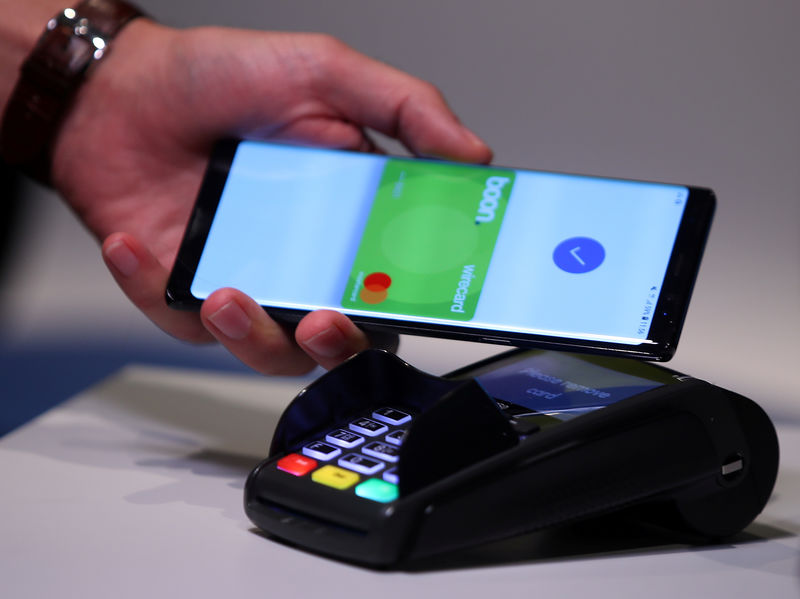This post was originally published on this site
https://i-invdn-com.akamaized.net/news/LYNXNPEE980A6_M.jpg
Investing.com — Is there any value in Wirecard AG (DE:WDIG)?
By mid-morning trading on Monday in Frankfurt, the market’s answer was increasingly firm-looking “no”. The fallen star of the German fintech universe was under fresh pressure after admitting that the 1.9 billion euros ($2.1 billion) in cash that it said last week it couldn’t find probably never existed, pulling its last financial accounts and warning that it may have to do the same for previous years.
The Munich-based payments group added that it was looking at ways of immediately reducing costs, which can only mean large-scale layoffs and the abandonment of all but essential operations.
By 5:30 AM ET (0930 GMT), the stock was at 17.25 euros, down 33% from Friday’s close, down over 80% from before last week’s revelations, and down over 90% from its peak in 2018, when the company took the place of the decaying giant Commerzbank (DE:CBKG) in the benchmark DAX index. Adding insult to Commerzbank’s injury is the fact that it is one of the group’s biggest lenders.
The company’s 2024 bonds were also trading at levels that implied a high risk of imminent bankruptcy, quoted at between 24 and 28.5 cents on the euro.
Among all this bleakness was one crumb of comfort: the company’s lenders are still talking to it and have not – yet – decided to call in their loans, triggering a cash crunch that could push the company into insolvency. But one can assume that this is as much due to a desperate attempt to avoid the embarrassment of booking the loans as non-performing rather than any expectations of recovering actual value.
According to Bloomberg, the company has drawn over 90% of a 1.75 billion euro revolving credit facility. The outstanding 2024 bond issue adds another 500 million euros to the pile. Its other liabilities appear negligible, by comparison.
On the asset side of the balance sheet, its last reported statements showed 3.8 billion of cash and short-term investments, of which 1.9 billion is almost certainly non-existent. It also showed 1.2 billion euros in receivables but, given that the scandal here revolves around allegations of false invoicing, the receivables number has to be sharply discounted too.
Wirecard is a payments business, so most of its remaining assets – some 1.5 billion euros, according to the balance sheet – are intangible. Around half of that number is goodwill, a notoriously slippery accounting term.
It would be surprising if a company that couldn’t even count its cash properly had understated its intangibles but, in fairness, there probably is some value in Wirecard’s intellectual property and its partnerships if (a big if) current partners such as Visa (NYSE:V) and Mastercard (NYSE:MA), are prepared to continue working with it. And one has to doubt that the world will notice if it the Apple (NASDAQ:AAPL) and Android app stores have one less mobile wallet to offer.
Whether it is enough to carry the kind of debt that Wirecard has is obviously another matter.

